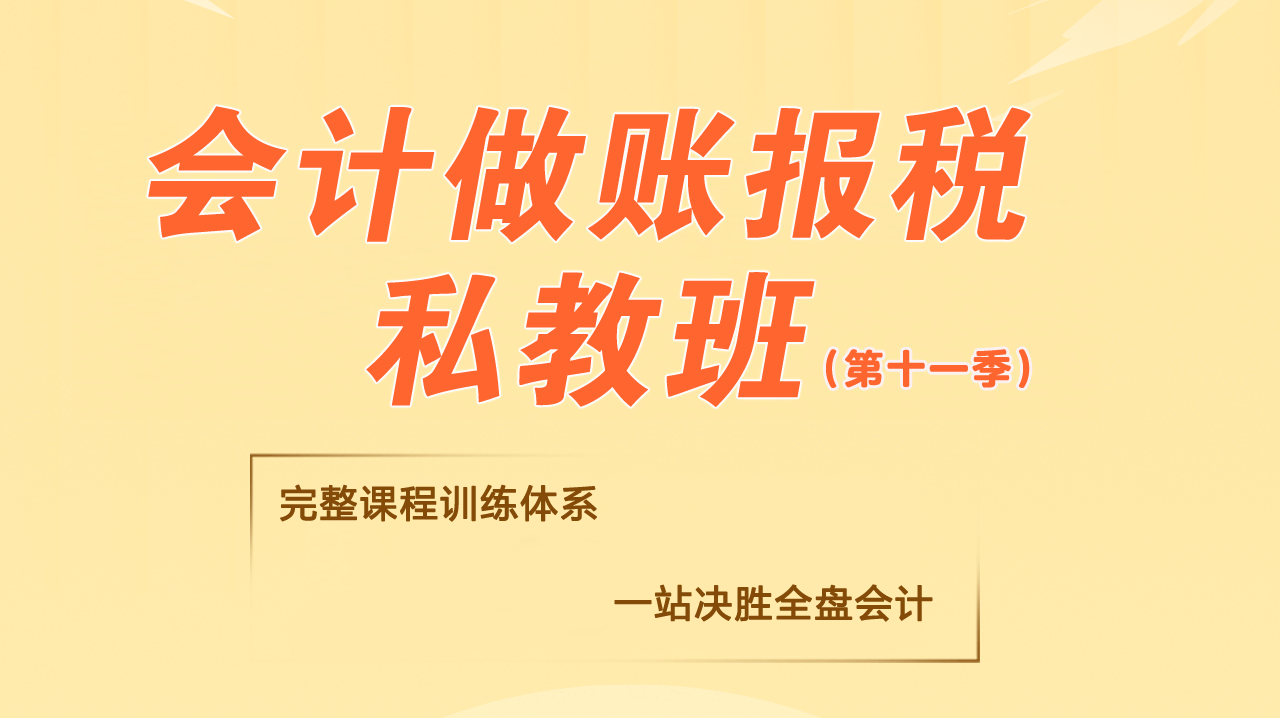奢侈风刮入中国中小城市(双语)
一项针对中国消费者行为展开的最新调查推翻了人们普遍持有的观念,这就是:中国花钱最大手大脚的人不仅存在于大城市,小城镇里也有。
迄今为止,很多跨国公司,特别是奢侈品牌经营者,一直将主要精力放在跻身北京、上海等中国大城市面,即营销术语里所谓的拥有800万或更多人口的一线城市。为什么会有这样的思路呢?因为城市越大,人们的收入就越高,可花在奢侈品上的钱也就越多。
这个想法在一定程度是没错。据全球市场调研公司Synovate最近的一项调查显示,生活在中国一线城市的人们,其收入是生活在欠发达、人口只有60万或更少的小城市(即所谓的五线城市)中人们收入的几乎两倍。一线城市里,人们的月均收入是6300元(合926美元),而五线城市的月均收入则是3400元(合500美元)。
但报告也同时显示,尽管存在收入差距,小城市居民在衣服、食物、娱乐、保健以及健身方面的花费与大城市的人们一样多。Synovate执行董事加顿(Steve Garton)说,一线城市虽然收入高,但生活成本也大,规模较小城市的购买力更强。报告对中国按规模大小分为五类的、共66个城市里年龄在15-64岁的超过6.8万成年人进行了调查。
当然,大城市的购买力因其人口数量而倍增。一个有100万或更多人口的城市,其收入可能是一个只有10万人小城市的十倍多。但即使如此,中国小城市对奢侈品牌的吸引力也越来越大。
中国市场研究集团(China Market Research Group)董事总经理雷恩(Shaun Rein)解释说,虽然全球奢侈品牌历来都是在中国一线城市投资最多,但是近日大连等三线城市奢侈品投资增长最快,这些三线城市被界定为中型城市,具有强烈的创业精神。奢侈品在这些地方十分走俏。
雷恩说,中国新兴中产阶级的概念简直难以捉摸。他称,美国蓝领工人一辈子在梅西百货(Macy’s)买东西就十分开心,而在中国,人人都想发财,这是为什么Marks & Spencer及Calvin Klein等中产阶级品牌卖得不好的原因。
路易威登(Louis Vuitton)在中国二线(指成都等发达的省会城市)和三线城市里有17家专卖店,每一家都开得红红火火。这可以作为中国小城市是否准备好“随时迎接奢侈品”的一个很好的衡量标准。中国一线至四线(如金华)共 35-40个城市中约有200个施华洛世奇(Swarovski)水晶专卖店。奢侈品消费与城市发展以及商场和购物中心等商业地产的发达程度直接相关。
A new survey into consumer behavior in China overturns a commonly held belief: China's biggest spenders live in big cities…and small towns, too.
Up to now, many global companies, especially luxury brands, have focused first on building a presence in China's biggest cities such as Beijing and Shanghai - called Tier 1 in marketing-speak - that boast a population of 8 million or more. The thinking? The bigger the city, the higher the earning power and the more money there is to spend on luxury goods.
Part of that theory is true - people living in Tier 1 cities earn almost twice as much as those living in Tier 5, undeveloped small cities with a population of 600,000 or less, according to a recent survey by Synovate, a global market research firm. In Tier 1 cities, the average monthly income is 6,300 yuan (US$926) compared with an average 3,400 yuan (US$500) earned in Tier 5 cities.
But the report also shows that despite the income discrepancy, people in smaller cities spend just as much on clothes, food, entertainment and health and fitness as their big-city cousins.
'Tier 1 earnings are high but then so is the cost of living,' said Steve Garton, Synovate's executive director. 'Lower-tiered cities have a higher purchasing power.' The report surveyed more than 68,000 adults aged 15 to 64, in 66 Chinese cities across all five tiers.
Of course in larger cities, purchasing power is multiplied by the population - a city of a million or more people, can make ten times more revenue than a city with a population of 100,000. Even so, China's smaller cities are becoming more attractive to luxury brands.
While investment by global brands has traditionally been highest in Tier 1 cities, explains Shaun Rein, managing director of the China Market Research Group, these days, most growth is happening in Tier 3 cities - defined as medium-size cities such as Dalian that are highly entrepreneurial. And it's luxury that sells.
'The concept of an emerging middle class in China is a myth, says Rein. 'In the U.S., blue-collar workers are happy to shop at Macy's [department store] for life. Here everyone wants to be rich. It's why middle-class brands like Marks & Spencer and Calvin Klein haven't done well.'
Louis Vuitton has 17 thriving stores in Tier 2 (in developed capital cities such as Chengdu) and Tier 3 cities in China. That's a good measure of the 'luxury readiness' of smaller Chinese cities. Swarovski crystal can be be found in about 200 shops spanning 35-40 Tier 1 through Tier 4 cities (such as Jinhua). Luxury brand consumption is linked directly to the development of cities and commercial real estate, specifically malls and shopping centers.



